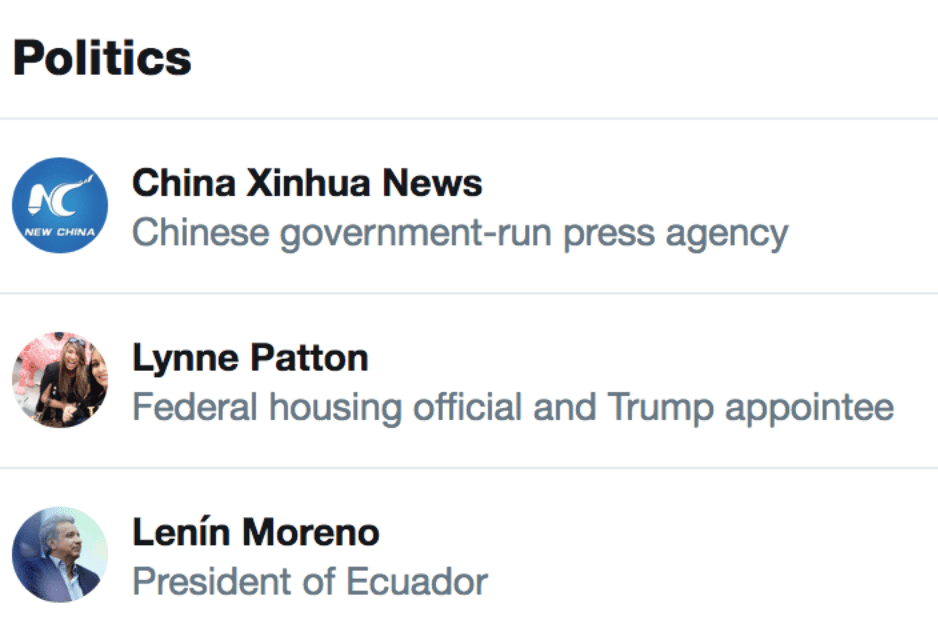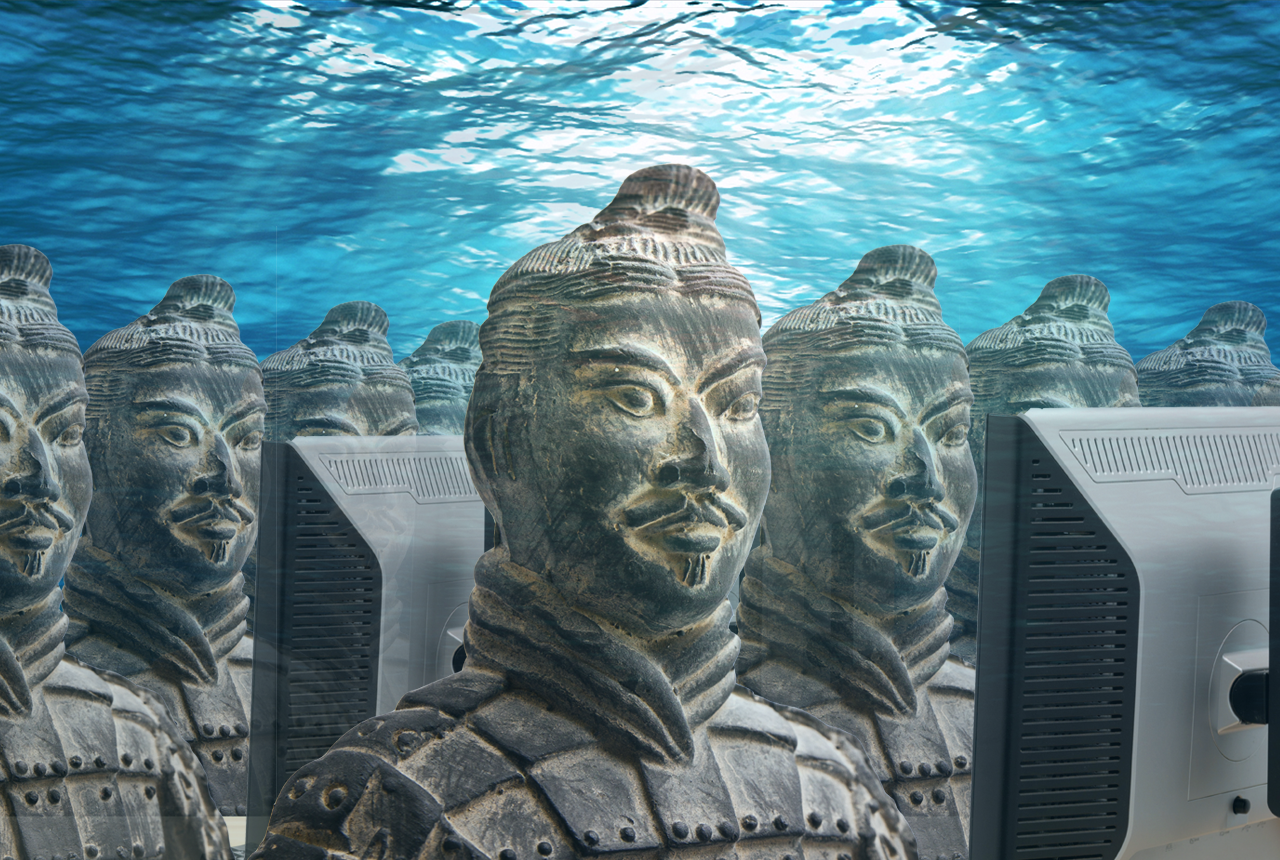Last month The New York Times published a piece called 'The Follower Factory', which laid out how influencers and brands are building businesses on the backs of social media bots. These fake followers trick the public, and algorithms that choose which content to display, into believing they're more popular than they really are. The story caused a scandal in the West, with more than a million fake accounts suddenly disappearing as those outed tried to cover their tracks. After exploring the situation in China, we found a lot more fake accounts, and a lot less indignation.
On e-commerce platform Taobao, anyone can spend as little as 1RMB (16c) for 100 fake accounts, just one sign of how endemic bots are on Chinese social media. We dove deep on the subject, speaking to marketers, KOLs, and employees at Chinese social media sites, to investigate the full extent of China's Water Army (水军), the colloquial term for fake followers.

Chinese Platforms Support Fake Accounts#
Fake followers are a fundamental part of Chinese social media platforms. Even though many of them do periodically clean out fake followers, the number of fake followers has continued to rise.
“The platforms don’t want to control bots,” said Elijah Whaley, the Chief Marketing Officer of influencer agency Parklu. “Bots boost daily active user and monthly active user numbers, stimulate ad spend, and make platforms look healthier than they are.”
In the New York Times investigation, an estimated 48 million of Twitter’s active users, or nearly 15 percent, were found to be fakes, with China's state press agency, Xinhua, listed among the celebrities, media agencies, and businesses who bought followings from a shadowy company called Devumi.
Whaley told us that Weibo automated accounts make-up as much as 40 percent of all active users, nearly triple the bots on Twitter, and he said he wouldn't be surprised if Weibo itself commands about 15 percent or more of active bots.
“When I was working with Tencent's QQ Video platform, internal employees used millions of bots to watch, rate, and comment on their own pilot episodes,” said Whaley.
Both Weibo and WeChat sell engagement packages starting from 25 RMB per 1,000 impressions, but at those prices, many would prefer to purchase high-quality fakes from a third party that guarantees 50 comments, likes, or reposts for just 1 RMB.
And those who don't pay the platforms for engagement have their reach throttled.
“Without the paid sponsored system from Weibo, the organic reach of a post could be as little as 10 percent of a user's followers,” commented Lauren Hallanan, an influencer and Chinese digital marketing consultant who regularly writes for Jing Daily.


Brands Don't Know the Size of the Water Army#
Summer Y.L., the founder of NYC-based marketing agency NuWa, said that when she has Chinese clients trying to generate awareness in the States, she constantly needs to educate them about how influencers work in the West.
“They would ask for a KOL with over 100,000 fans on Instagram to publish a post in exchange for a free product. That’s way too little [payment for so many followers] and not entirely how KOLs work here,” she said. Influencers with six-figure followings are far more common in China, in part because of the bigger population but also because of the legions of fake accounts.
There is also a disconnect when Western brands open their Chinese social media accounts. They may not even be aware of the practice of fake followers, let alone how much of the engagement they seem to be getting is from fake accounts. Fashion influencer Peter Xu, who has 1.5 million Weibo fans, told South Morning China Post that he stopped blogging for Louis Vuitton in 2013, because he “was sick and tired of the KPIs that they wanted delivered – they don’t even know that the agencies fake the numbers.”
Afraid of not delivering impressive enough responses to marketing campaigns, Evelyn Yu, a senior staff member at a social media agency in China, told us it’s common to finesse the numbers “to make the boss happy”.
Influencers Are Under Pressure to Perform#
Brands may have little knowledge about how a post goes viral — whether it's due to a KOL or the Water Army — but increasingly, they expect to see tangible results. In an interview with Business of Fashion China, Fendi Chief Executive Pietro Beccari said, “If we get one percent of our social media page views in sales,” he said, “it means our effort was worth it.”
Some of the KOLs we've covered can claim to drive sales. Becky Li, who launched the “Mini Yours” campaign, sold 100 limited edition Minis (44,910 each) in just four minutes, for example. And Mr. Bags helped Italian leather goods brand Tod’s sell 200 custom pieces at a total value of 3.4 million RMB.
Nevertheless, Li has expressed concern over being evaluated on sales conversions. “Brands now want to test your ability to sell directly, not based on a longterm collaboration,” she said in an interview with Chinese local media site Jiemian. This approach cashes in on an influencer's fan base while risking diminishing the influencer's credibility and value.
What's the S#
olution?#
There are some companies who leverage technology to solve the problem of China's fake followers. By using data and artificial intelligence, Robin8 created a platform to identify fake fans, as well as less ostensibly popular but better value KOLs in the long tail of influencers.
“Based on our analysis, long tails sometimes are a much better alternative because they are more affordable, and they tend to have fewer fake fans and offer higher engagement,” said Robin8 founder Miranda Tan. “Our platform is all about profiling, ranking, and matching.”
The company also works with luxury brands to identify super fans and reach out to them as ambassadors happy to promote their favorite brands on their own personal social media accounts. The idea is that these influencers can provide better quality, more authentic engagement.
The solution for KOLs themselves may be a complicated one. It may mean acknowledging to brands that a portion of their followers are fake as a means to beat the reach-restricting algorithms of social media platforms.
“We are extremely transparent with our brand clients and media. We tell brands exactly what we are doing and why,” said an insider who manages an influencer with 555,000 fans. He told us that after two and a half years, “we haven’t had a brand say don’t do that yet.”
Paying for fake engagement is seen as necessary to create a snowball effect for posts to go viral. Regarding the inflated number of followers on Chinese social media, the manager of another top KOL said, "When the river rises, the boats go up" (水涨船高).
“To not be overwhelmed by a rising river, you do what you need to do,” she said.


